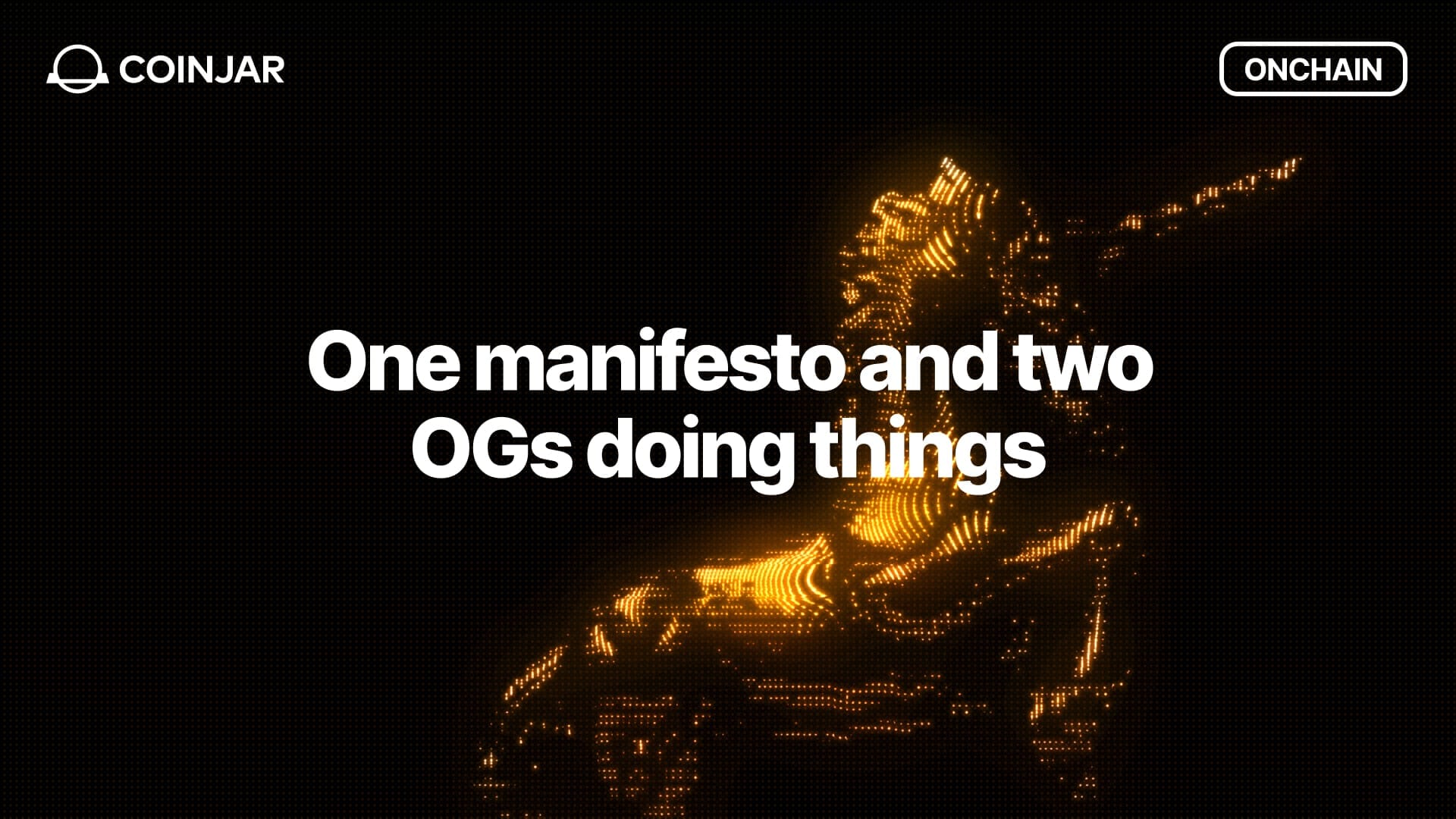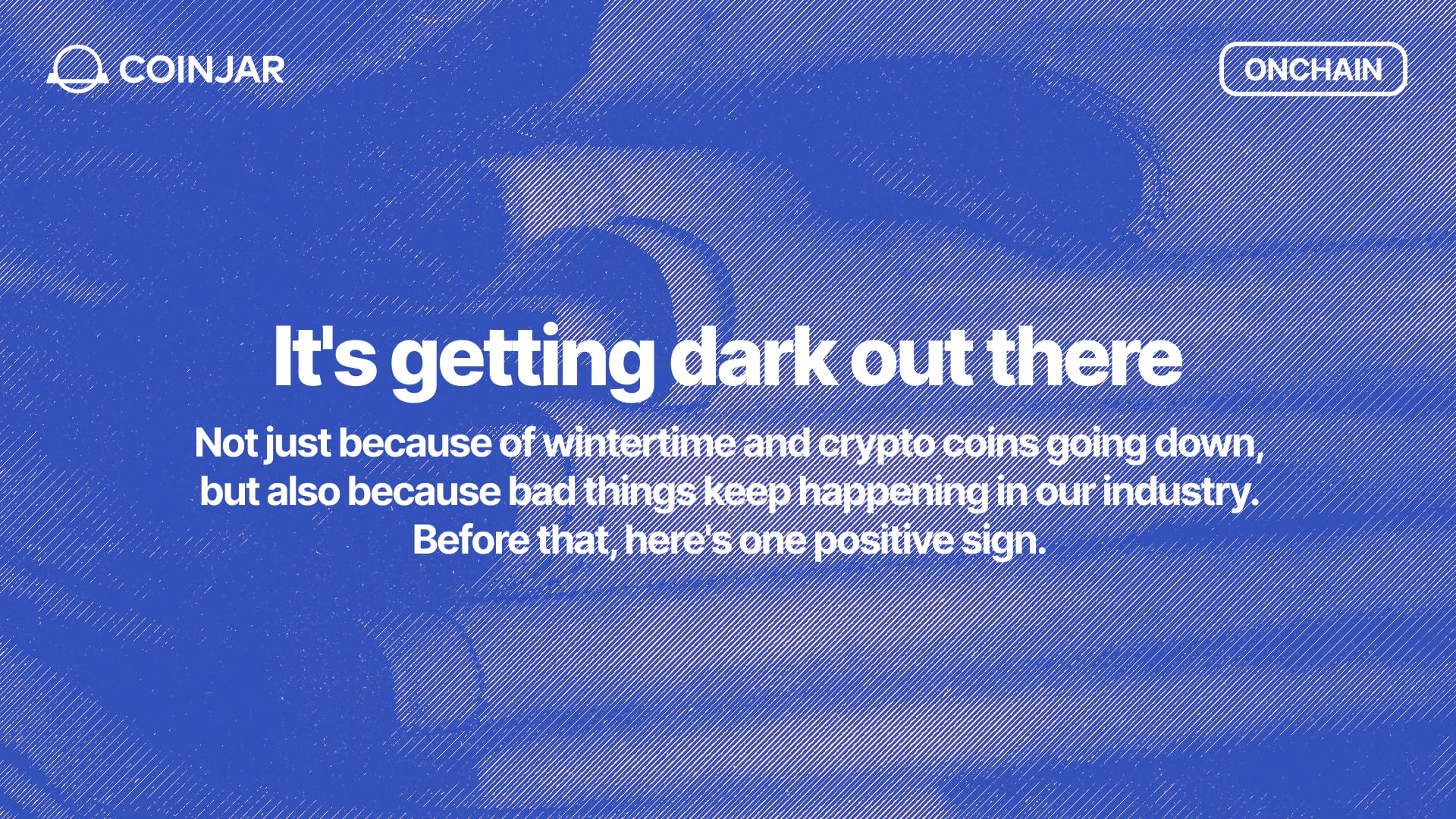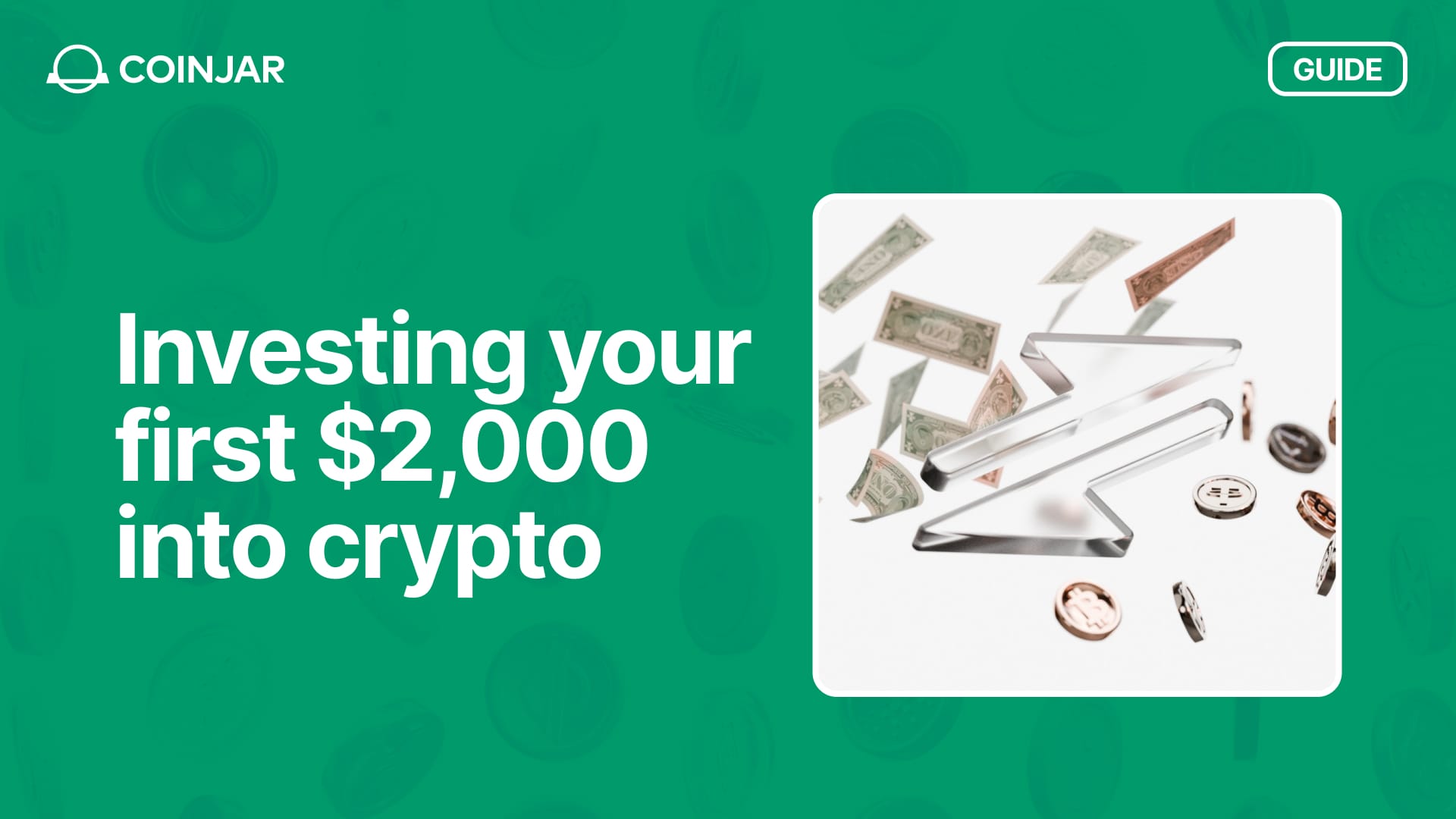Get $20 in free Bitcoin when you sign up and buy $50+ in crypto before November 30, 2025. Terms apply.
Onchain: Miner capitulation, stablecoin tango, CeFi contagion continues
July 14, 2022
Share this:

Story One
Bitcoin miners are the latest forced dumpers of the crypto crash
First they came for the shitcoins and NFTs. Then the CeFi lenders. Now it’s the Bitcoin miners who are feeling the heat from crypto’s version of armageddon.
Miner capitulation is a well known phenomenon in the Bitcoin economy. The equation is simple enough: if the Bitcoin price falls below the cost of producing more Bitcoin, then, well, you got yourself a loss-making business there, pal.
Miners build up their Bitcoin reserves when the going is good so that they’re covered when things faceplant into the toilet. However, now that there are Bitcoin miners operating on publicly listed stock exchanges we can see this process playing out in exquisite detail.
CoreScientific, one of the biggest miners in America, reported that it sold 75% of their Bitcoin holdings in May, or a shade over 6000 BTC. Canadian outfit Coinfarms sold off US$62 million worth in the same period, while Argo flogged another US$16 million.
The good news? Miner capitulation is typically one of the most definitive bottom signals we have. The bad news? Miners have started selling again.
Miner capitulation ends in one of two ways. Either the price comes back up to breakeven (currently thought to be around US$30k). Or the least efficient/most indebted miners run out of BTC to sell and have to shut up shop, reducing the overall hashrate and making Bitcoin cheaper to mine.
With buyers in short supply and a comprehensively grim macroeconomic environment, it’s hard not to believe we might be bracing for option two.
Story Two
They should call them unstablecoins ha ha ha ah we’re in trouble
Thanks to Do Kwon and his sterling work with LUNA-UST, stablecoins have become the leering face of the crypto crash. The disappearance of US$18 billion in value has a way of clarifying the mind and it’s leading to some seismic shifts in the stablecoin space.
The most notable trend is the waning of Tether’s supremacy. Two years ago, USDT represented almost 90% of the stablecoin market. Now that’s down to 45% as USDC and BUSD (Binance’s inhouse stablecoin) roar into contention.
Even more telling: since the Terra meltdown, Tether has seen around US$17 billion taken out of its market cap through cash redemptions. In the same time, USDC has added US$8 billion to its supply.
Given Tether’s long history of opacity and legal troubles, this is perhaps unsurprising. But even for USDC there’s been controversy, with journalist Matt Taibbi writing an extended broadside on their own supposed lack of transparency. I mean, it seems like it should be easy enough to take money, put that money in a big pile and then point to that money when required but I’m no big time money guy.
Unsurprisingly, all of this is giving regulators plenty of fuel for their fires, with the G20’s Financial Stability Board announcing their intention to release new rules for stablecoins in October and the Biden administration looking to create new stablecoin laws by the end of the year.
Overheard on Twitter
“Those who do not manage their risk will have the market manage it for them.”
– 3 Arrows Capital CEO Zhu Su, six months before overseeing the potentially criminal US$3 billion collapse of their crypto fund due to, you guessed it, poor risk management.
Story Three
New dispatches from the crypto lending cataclysm
While the immediate pace of forced liquidations and bankruptcies due to the crypto lending daisy chain does appear to have slowed, it’s still been a bumper fortnight for the horsemen of the cryptopocalypse.
The Financial Times is out today with a deep dive into the Celsius shemozzle, suggesting that their “reckless pursuit of high returns” has left them with a US$2 billion hole in their balance sheet. Meanwhile, they’d been inflating their customer count by a factor of six or more, which could come as news to the VCs that helped value the company at over US$7 billion last November.
It’s little surprise then that they’ve been the latest company to file for bankruptcy, joining Voyager and 3 Arrows Capital on the casualty list.
Speaking of 3AC, head honchos Su Zhu and Kyle Davies are reportedly ‘on the run’, complicating efforts by liquidators to reclaim whatever remains of the US$3 billion that they had in their care. Zhu broke his silence to accuse the liquidators of ‘baiting’, which bodes well for a lengthy and painful resolution that could hang over the crypto space for years. Yay.
Luke from CoinJar
The above article is not to be read as investment, legal or tax advice and takes no account of particular personal or market circumstances; all readers should seek independent investment, legal and tax advice before investing in cryptocurrencies. This article is provided for general information and educational purposes only. No responsibility or liability is accepted for any errors of fact or omission expressed therein. CoinJar, Inc. makes no representation or warranty of any kind, express or implied, regarding the accuracy, validity, reliability, availability, or completeness of any such information. Past performance is not a reliable indicator of future results.
Share this:
On/Offchain
Your weekly dose of crypto news & opinion.
Join more than 150,000 subscribers to CoinJar's crypto newsletter.
Your information is handled in accordance with CoinJar’s Privacy Policy.
More from CoinJar Blog

Onchain: One manifesto and two OGs doing things
November 19, 2025Story One Wake up babe, new manifesto dropped Why ship app, when you can write manifestos instead, amirite? Or so the Ethereum Foundation & Co. must have thought as they sat...Read more
Onchain: It's getting dark out there
November 5, 2025Not just because of wintertime and crypto coins going down, but also because bad things keep happening in our industry. Before that, here's one positive sign. Story One x402...Read more
$2,000 to Invest? Check Out This Sample Crypto Portfolio
October 23, 2025So you've done your dry run buying 20 bucks worth of Bitcoin. Now that you trust the process, what are some ideas for your next move?Read moreYour information is handled in accordance with CoinJar’s Privacy Policy.
Copyright © 2025 CoinJar, Inc. All rights reserved.
CoinJar, Inc. is a registered Money Services Business with FinCEN and licensed as a money transmitter, NMLS #2492913. For a list of states in which CoinJar, Inc. is licensed or authorized to operate, please visit here. In certain other states, money transmission services are provided by Cross River Bank, Member FDIC.
This site is protected by reCAPTCHA and the Google Privacy Policy and Terms of Service apply.